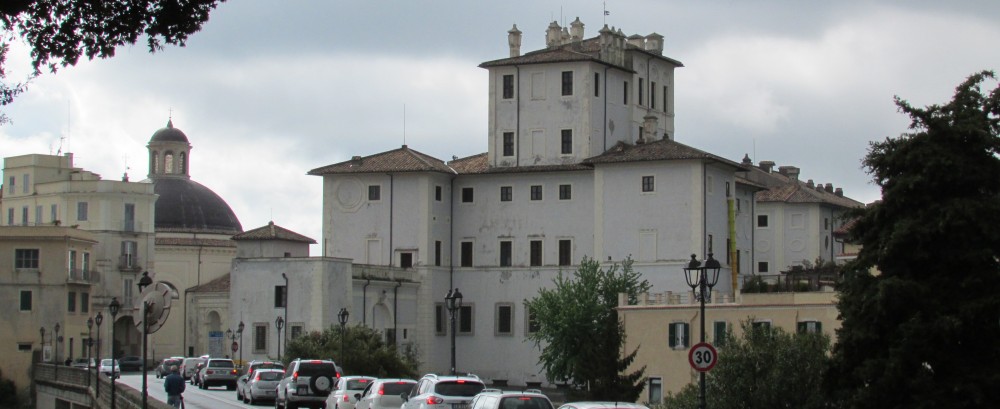As I approach the first week of July, I have started to realize how much knowledge I have already gained. There were a couple experiences I have had in particular that have had a significant impact on me. The Carrara quarry marble tour in Carrara, Italy and the Museo delle Maioliche tile museum in Palermo, Italy. These two places I visited stood out to me because they were intriguing to me, as well as have a significance for my future career. As an interior design major, learning about materials in Italy has been eye opening to me. It is so fascinating to see places first hand when I have heard about them through my studies.
My first experience was the Carrara quarry marble tour in Carrara, Italy. One weekend I did not have plans, when a fellow peer asked me If I wanted to go to Carrara with them. She is also an interior design major and said that going to Carrara would be a great experience and way to learn more about marble. I am so glad I took this opportunity and risk to just say yes and go. Coming back from Carrara, I felt like I gained a deeper wisdom and understanding of why marble is so sought after and treasured.
We had the most positive, easygoing tour guide named Marco at the quarry. He really made the overall experience even better because I could tell he was very learned on the topic and he enjoyed talking about it. Something he taught us was how to distinguish if the marble is real carrara marble or if it is fake. He also explained to us that many places, especially in the United States, sell fake carrara marble for the same price as the real marble. I was thankful to learn about this because in my future interior design projects, this will be a useful factor.
I was able to gain a deeper appreciation for the cultural significance of Carrara marble, which has been used in iconic sculptures and buildings, including works by Michelangelo and the Pantheon in Rome. He talked about sculptures in Rome which I had been to that are made of the Carrara which was sourced in the quarry I was looking at. It was a surreal moment to me to realize I was standing in a spot where Michelangelo had once been.
Also, I gained an understanding of how the extraction methods have evolved over centuries. It was fascinating to learn how they used to extract the marble, and how they risked their lives. In ancient Roman times, marble extraction was primarily done using manual tools such as hammers, chisels, and wedges. Workers would create small holes in the marble, insert wooden wedges, and then soak them with water to expand the wood and split the stone. The Romans employed the “panel” method, where a large vertical slab was isolated from the surrounding rock by chiseling narrow channels on three sides, then splitting the slab off the rock bed. The introduction of rope saws, which were thin ropes embedded with sand and water, allowed for more precise and controlled cuts. Workers began using more systematic quarrying techniques to extract larger blocks of marble with minimal waste. The 19th century saw the introduction of gunpowder and dynamite for blasting rock. This allowed for the extraction of larger quantities of marble more quickly, although it often caused significant waste and damage to the stone. Today, the extraction process is highly advanced, with computer-controlled equipment ensuring precision and efficiency. It is all extremely hard work and the workers should not go underappreciated.
My second experience, the Museo delle Maioliche tile museum, stood out to me because I have never gotten to see such old and beautiful tiles all in one place. The museum houses one of the largest private collections of antique maiolica tiles, featuring over 5,000 pieces dating from the 16th to the 20th
century. I got an in-depth look at the evolution of tile design and manufacturing techniques. It was fascinating seeing the intricate designs and vibrant colors of the maiolica tiles. Each tile is a work of art, showcasing the skill and creativity of the artisans who made them. The museum served as a source of inspiration for me, and gave me ideas for my future in interior design to incorporate traditional designs into contemporary work.
Even though I came into this experience open to learning new things and gaining wisdom, I do not think I understood how much I would actually learn. These two experiences will definitely stick with me now and in the future. I feel more confident with my knowledge of marble and tile, which will benefit me in my future career. I am thankful to have had these experiences and to have taken something really beneficial away from them as well. I recommend you to try new things and say yes to places even if it is last minute because you could gain wisdom that could be useful for your life.
-Adele Cox

